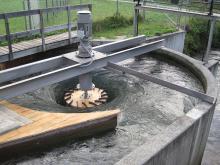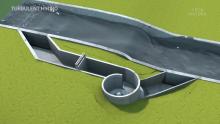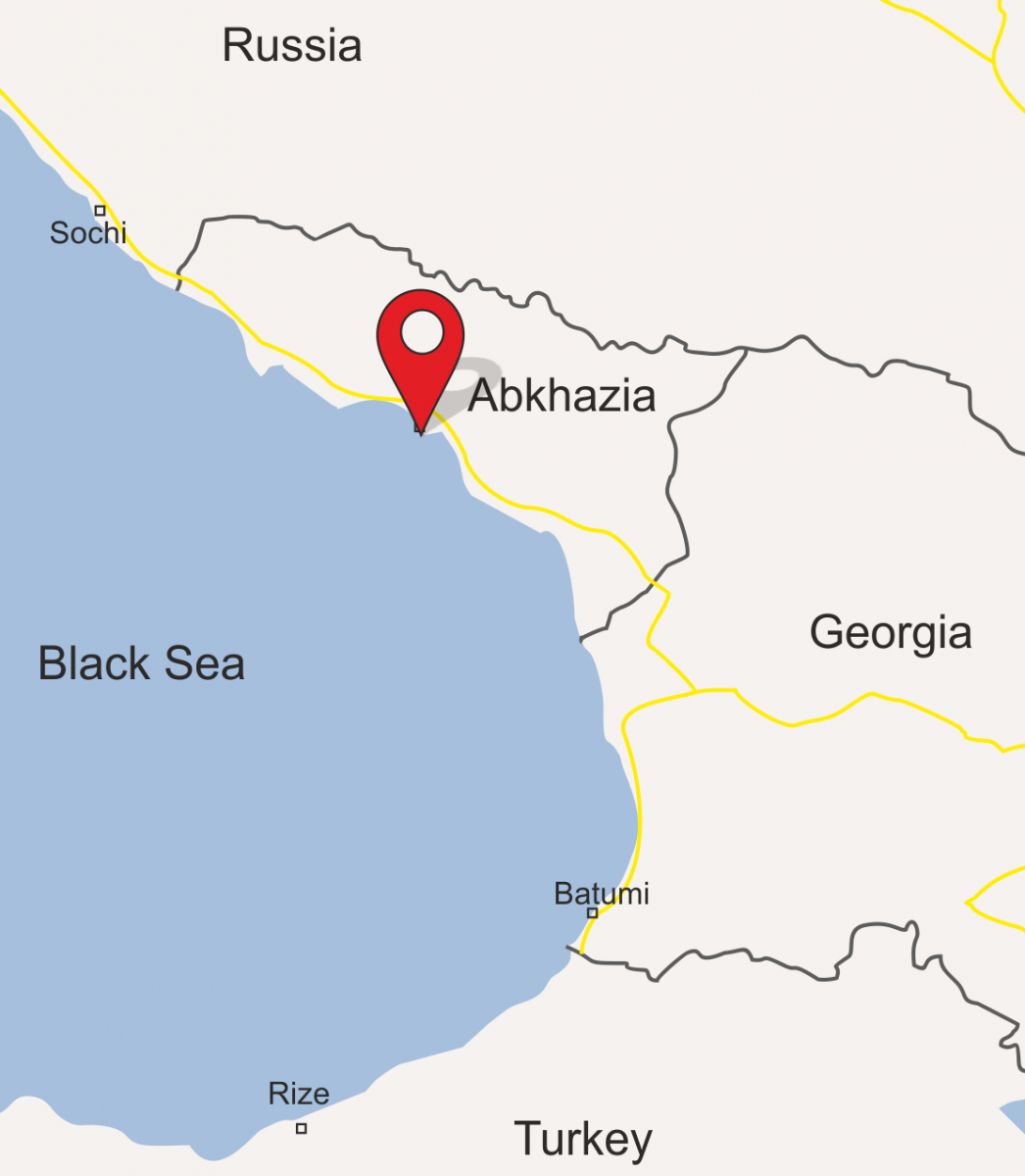Whirlpool turbine creates fish-friendly hydropower
Turbulent’s goal is to provide sustainable energy for remote communities in a manner that causes no harm to the environment. Using the constancy of the flow of water as the power source, Turbulent’s hydropower generators work around-the-clock. With only one moving part, maintenance costs are minimal. Installation is relatively easy, with many locations generating power within a week. The deep drop structures created by controversial damming projects often alter the course of the water’s path. The Belgian team’s design, on the other hand, requires only a 1.5 meter height difference to work. Placement of the turbines in the correct location in turn becomes easier to find while also helping to keep additional construction to a minimum.
 The flow of the water creates a vortex that turns the rotor that extracts the energy from the water. The small pressure required for the movement of the turbine allows for the construction of the system in areas of fairly shallow, slow-moving water. The Turbulent team is keen to point out what differentiates their system from commercial hydropower constructions. Crucially, the Turbulent design allows fish and other animal life to pass through the turbine unhurt. 15 kilowatts are currently available for small communities. However, the capacity of the turbine is being expanded to allow for 30 and 100 kilowatts of energy output. The team asks that anyone interested in the system to get in touch to discuss the specifics of the task and location.
The flow of the water creates a vortex that turns the rotor that extracts the energy from the water. The small pressure required for the movement of the turbine allows for the construction of the system in areas of fairly shallow, slow-moving water. The Turbulent team is keen to point out what differentiates their system from commercial hydropower constructions. Crucially, the Turbulent design allows fish and other animal life to pass through the turbine unhurt. 15 kilowatts are currently available for small communities. However, the capacity of the turbine is being expanded to allow for 30 and 100 kilowatts of energy output. The team asks that anyone interested in the system to get in touch to discuss the specifics of the task and location.
Obviously, should the water freeze over, the energy supply will stop. And that reliance on weather remains one of the main challenges to the worldwide adoption of sustainable energy. Two ways those problems have been overcome is through application of a new material and a combination of sustainable energy sources. Graphene-coated solar cells allow for the production of electricity from rain, and in Germany, the world’s first integrated wind-hydro power plant allows for the production of energy in all weather conditions. How else could smaller scale builds help improve problematic areas of sustainable energy production?



